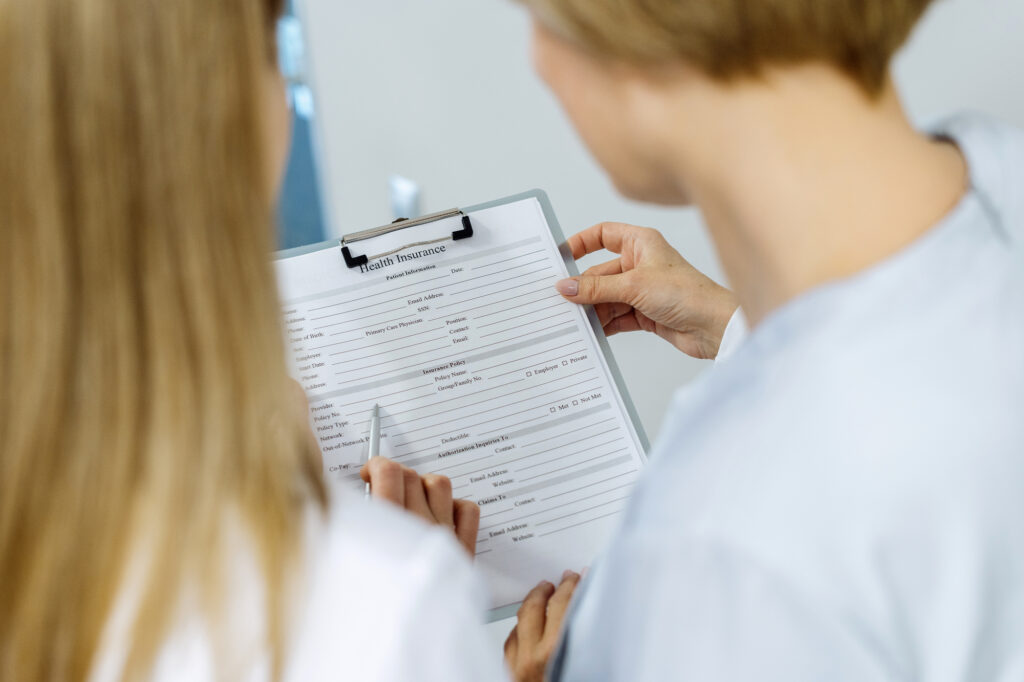When an unexpected health challenge arises, most people rely on their insurance as a cushion to help cover the costs of necessary treatments and medications. However, while insurance can provide significant relief, it doesn’t always eliminate the financial burden entirely.
Even with coverage, the cost of prescriptions can remain daunting, especially when dealing with high copays, deductibles, or uncovered prescriptions.
Prescription Assistance Programs (PAPs) are designed to ease the financial pressure, helping reduce out-of-pocket expenses and ensuring that critical medications are within reach. But can you still enroll in these programs if you already have insurance?
Explore how affordable medical assistant programs online work for insured patients, the eligibility criteria, and the steps to take if you qualify.

Understanding Prescription Assistance Programs
Prescription Assistance Programs are designed to help individuals afford the high costs of necessary medications. They are often sponsored by pharmaceutical companies, non-profit organizations, or government entities, offering free or reduced-cost medications to eligible patients, as well as discount cards and other benefits.
PAPs vary widely in terms of eligibility requirements, application processes, and the range of medications they cover. Some are specific to certain drugs, while others may be more general and cover many different treatments.
The Relationship Between Insurance and PAPs
While it’s true that some PAPs are designed specifically for those without insurance, many programs do allow insured patients to apply. This is particularly relevant for people who are underinsured, meaning their insurance plan does not fully cover the cost of their medication, or they have high deductibles and copays that make their medications expensive.
Patients with private insurance plans, for example, may find themselves in situations where their insurance does not cover certain medications or treatments or where the out-of-pocket costs are still too high.
In such cases, PAPs can step in to provide the needed financial relief. However, the availability of PAPs for insured patients depends on the specific program and its rules. Some programs may have more flexible criteria, while others may have restrictions based on insurance status.
Eligibility Criteria for Patients with Insurance
Patients with insurance can still be eligible for PAPs, depending on several factors. Here are some of the criteria that could make you eligible:
- Income Requirements: Many PAPs set income thresholds to determine eligibility, which vary by program and are usually based on a percentage of the federal poverty level. Even if you have insurance, you may qualify if your income falls below a certain limit.
- Out-of-Pocket Expenses: If your insurance plan has high deductibles, copays, or coinsurance that make it difficult to afford your medication, you might still be eligible for a PAP. Some programs specifically target individuals whose out-of-pocket costs exceed a certain percentage of their income.
- Insurance Coverage Limitations: Insurance plans do not always cover every medication or treatment a patient may need. If your plan excludes a necessary medication or imposes significant restrictions, PAPs can be an alternative way to access those treatments.
- Program-Specific Rules: Each PAP has its own set of rules and eligibility criteria. While some programs may be more lenient and allow applications from insured patients, others may have stricter requirements. Remember to carefully review the details of each program to understand your eligibility.

How to Apply for PAPs While Having Insurance
If you have insurance and want to explore whether you qualify for a PAP, here are the steps to follow:
Step 1: Research Available Programs
Start by identifying PAPs that accept insured patients. This information is usually available on the program’s website or through patient advocacy organizations. Some programs may specifically mention that they provide assistance to underinsured patients or those with high out-of-pocket costs.
Step 2: Gather Necessary Documentation
Most PAPs require you to provide documentation to support your application. This step may include proof of income, details about your insurance coverage, recent tax returns, and a prescription from your healthcare provider. Make sure you have these documents ready to streamline the application process.
Step 3: Complete Application Forms
Once you have identified the appropriate PAP and gathered the required documentation, fill out the application forms carefully. Be thorough and accurate in providing the necessary information, as incomplete or incorrect applications may result in delays or denial.
Step 4: Follow Up
After submitting your application, follow up with the program to ensure that it has been received and is being processed. Be prepared to provide additional information or clarification if requested. Persistence can be key in ensuring your application is reviewed as soon as possible.
Benefits of Enrolling in PAPs for Insured Patients
Reduced Out-of-Pocket Costs
Even with insurance, the cost of medications can add up quickly due to high copays, deductibles, or coinsurance rates. For instance, a patient might have to pay a $50 copay each time they fill a prescription or meet a $1,000 deductible before their insurance coverage kicks in.
For individuals taking multiple medications or requiring long-term treatment, these costs can become overwhelming. PAPs can help by covering a portion or even the entirety of these expenses, reducing the amount a patient needs to pay out of pocket.
Financial support makes essential medications more accessible and manageable, allowing patients to adhere to their prescribed treatments without the added burden of unaffordable costs.
Access to Medications Not Covered by Insurance
Insurance plans frequently have formularies, or lists of medications they cover, which can exclude certain drugs, especially newer or more expensive options. This leaves patients without access to treatments that are crucial for their health.
PAPs can fill this gap by providing excluded medications at a significantly reduced cost or even free of charge, ensuring patients are not forced to go without necessary care.
Convenience and Peace of Mind
Finally, knowing that you have explored all avenues for financial assistance can provide peace of mind and reduce the stress associated with managing chronic health conditions. PAPs can help ensure you don’t have to skip doses or delay treatments due to cost concerns.
If you’re finding it challenging to afford your medications, even with insurance, don’t assume there’s no help available. Prescription Assistance Programs can provide vital support, reducing your costs and ensuring you have access to the treatments you need.
Take the time to explore your options, consult with healthcare providers, and consider applying for a PAP that fits your circumstances.

Get Financial Help with Our Affordable Medical Assistant Programs Online
Are you spending over $50 per month on medication? Health Access Now is here to help.
Even if you have insurance coverage—unless it’s Medicaid or Medicare—we can help you qualify for significant discounts on your prescriptions by applying for benefits from non-profits and government programs on your behalf.
Contact us or visit our site to search for the prescriptions you use and see if they qualify for prescription assistance in your state. If they do, we will guide you through the rest of the process.


